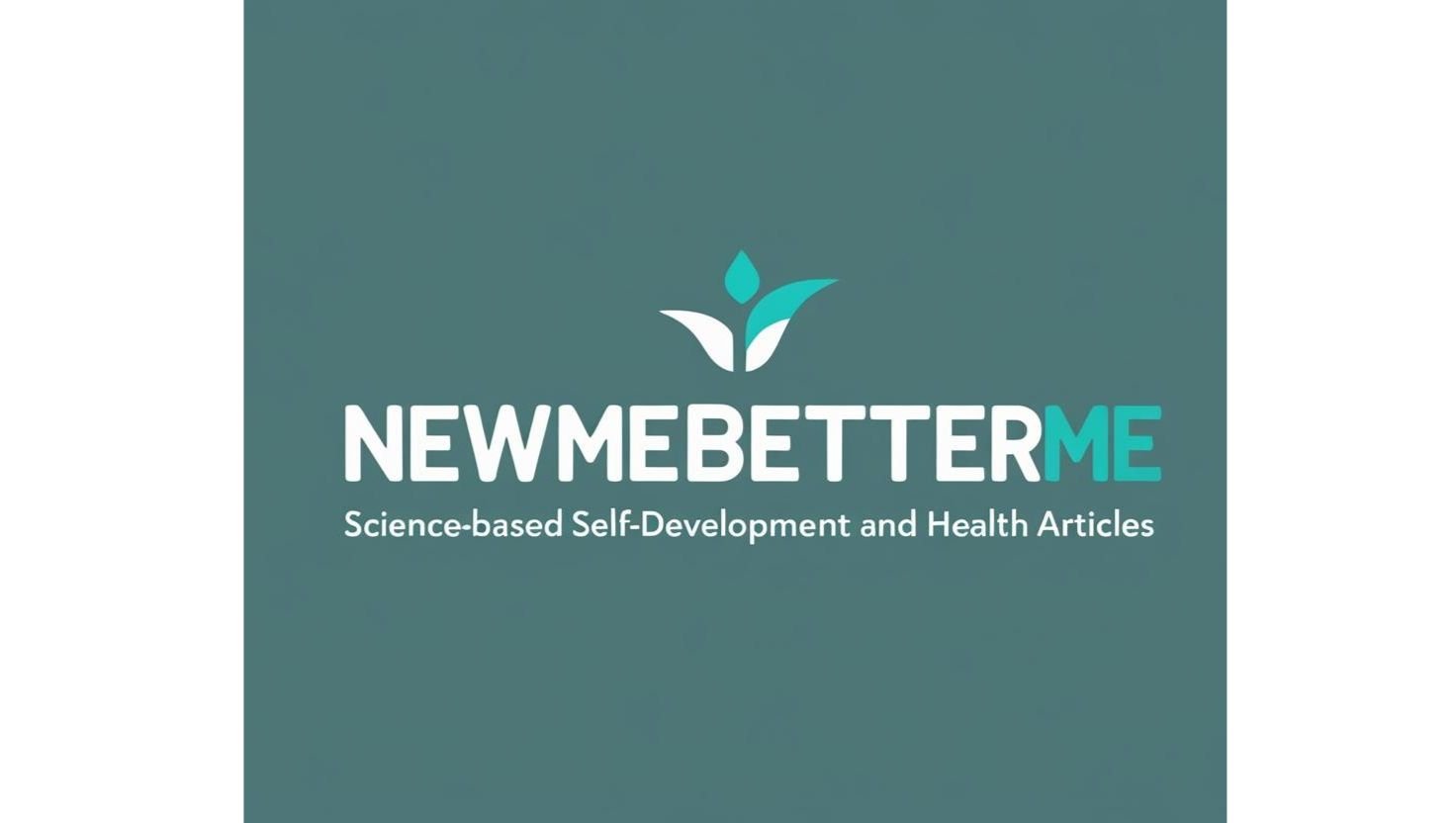Lifestyle Medicine: A Science-Based Approach to Preventing Chronic Diseases
Introduction: Why Lifestyle Medicine Matters More Than Ever
What if you could prevent — or even reverse — chronic illnesses not with prescriptions, but with your daily habits?
Lifestyle medicine offers exactly that. Backed by decades of scientific research, this growing field of medicine empowers you to take control of your health by making simple, powerful changes to how you eat, move, sleep, and live. Instead of treating symptoms, lifestyle medicine addresses the root causes of many of today’s most common diseases — from heart disease and diabetes to anxiety and burnout.
In this article, you’ll discover the six evidence-based pillars of lifestyle medicine and learn how each one can dramatically improve your quality of life. Whether you’re just getting started or looking to deepen your understanding, each section links to a detailed subarticle so you can explore the science and strategies behind lasting, sustainable health improvements.
Are you ready to take the first step toward a longer, healthier life — one choice at a time?
What Is Lifestyle Medicine?
Lifestyle medicine is a science-based approach to preventing, treating, and even reversing chronic diseases by targeting their root causes—our daily habits. It emphasizes six core pillars:
- A whole-food, plant-based diet
- Regular physical activity
- Restorative, high-quality sleep
- Avoiding harmful substances (e.g., smoking and excess alcohol)
- Building strong social connections
- Practicing effective stress management techniques
This holistic method is backed by leading health authorities such as the American College of Lifestyle Medicine (ACLM) and the World Health Organization (WHO) (ACLM, 2025).
This article introduces each pillar with science-backed insights and links to dedicated subarticles for deeper exploration.
The Six Pillars of Lifestyle Medicine
A Whole-Food, Plant-Based Diet for Disease Prevention
A plant-based diet lowers the risk of heart disease, type 2 diabetes, and some cancers (Barnard et al., 2023). Whole foods—fruits, vegetables, legumes, nuts, and seeds—are rich in fiber and antioxidants that support gut health and longevity.
Read the full article on plant-based diets →
The Role of Physical Activity in Chronic Disease Prevention
Exercise improves cardiovascular health, boosts immunity, and stabilizes blood sugar. Just 150 minutes of moderate-intensity exercise weekly can greatly reduce the risk of chronic diseases (CDC, 2024).
Read the full article on physical activity →
The Impact of Sleep on Overall Well-Being
Lack of quality sleep is linked to weight gain, depression, and memory issues. Adults need 7–9 hours per night for optimal recovery (NSF, 2024).
Read the full article on sleep and health →
Avoiding Harmful Substances for a Healthier Life
Smoking and excessive alcohol are major contributors to chronic illness. Lifestyle medicine supports quitting tobacco and reducing alcohol consumption to improve organ function and life expectancy (WHO, 2025).
Read the full article on substance avoidance →
The Power of Social Connections on Mental Health
People with strong social ties live longer, report lower stress, and enjoy better mental well-being (Holt-Lunstad et al., 2023).
Read the full article on social well-being →
Stress Management Techniques for Better Health
Chronic stress harms both body and mind. Evidence-based techniques like mindfulness, yoga, and CBT reduce anxiety and support long-term health (APA, 2024).
Read the full article on stress management →
How to Implement Lifestyle Medicine in Daily Life
- 🥗 Eat mostly plants and whole foods
- 🚶♀️ Move your body every day
- 💤 Prioritize regular, high-quality sleep
- 🚭 Avoid smoking and limit alcohol
- 🤝 Invest in your relationships
- 🧘♀️ Practice daily stress-reducing habits
Conclusion: The Future of Lifestyle Medicine
Lifestyle medicine is reshaping healthcare by focusing on prevention over pills. Adopting these six pillars offers a sustainable way to take charge of your health, improve longevity, and reduce medication dependency.
